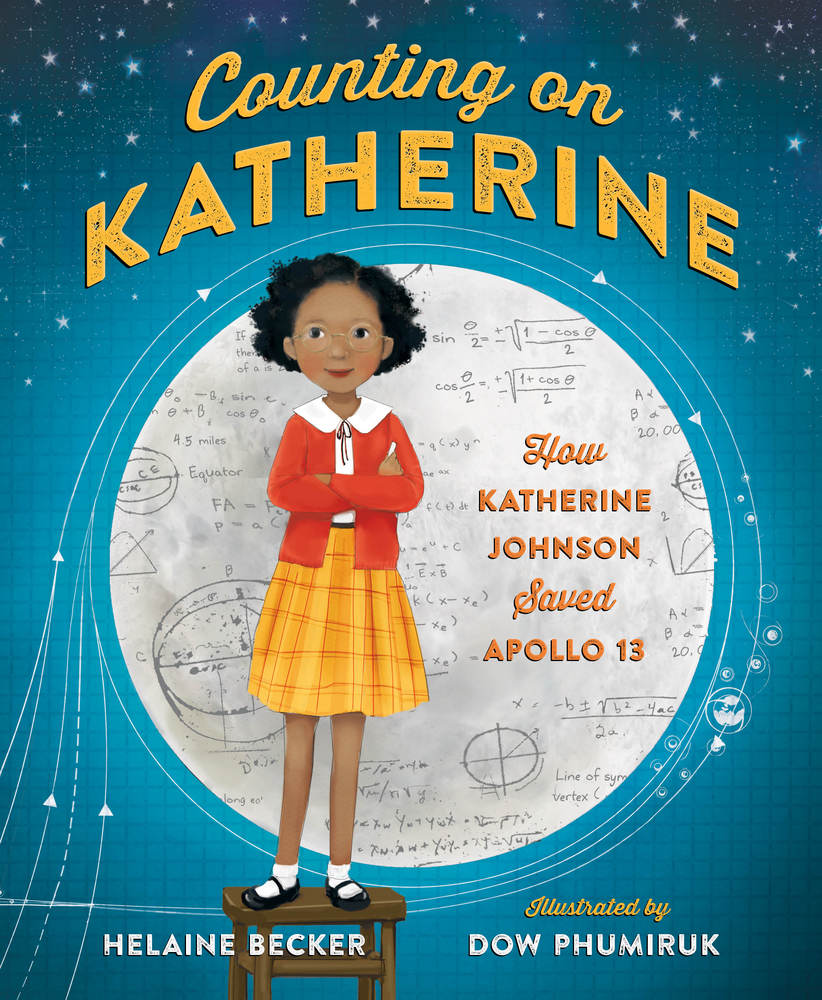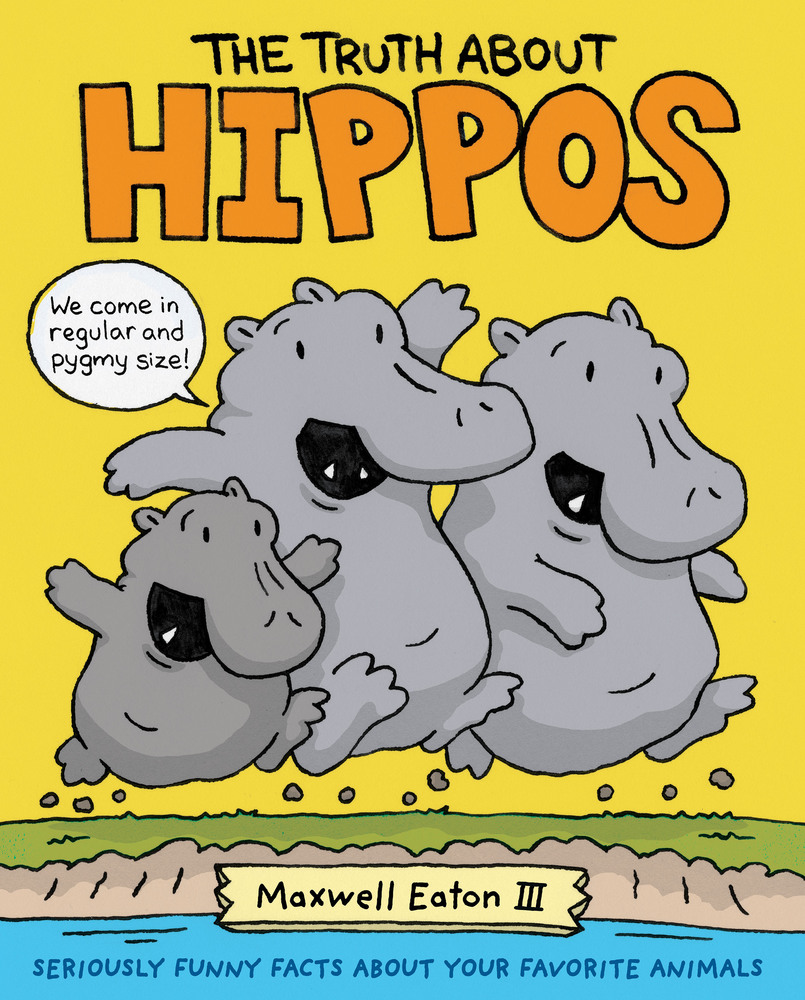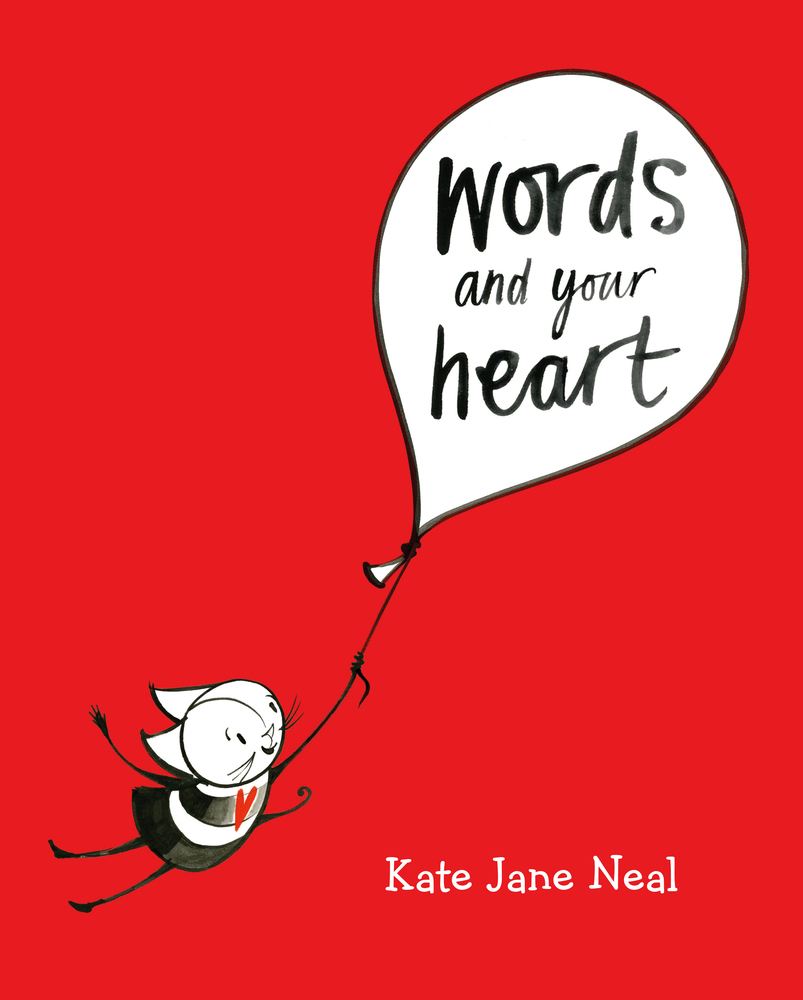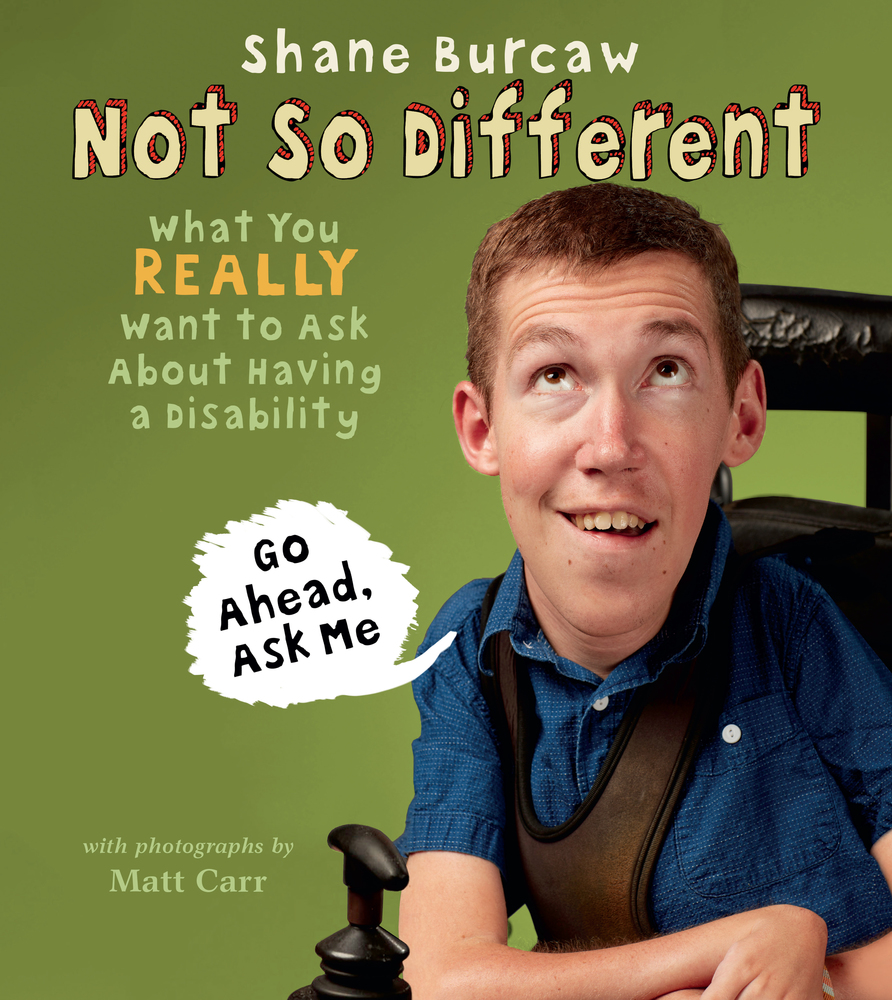Spring After Spring :
How Rachel Carson Inspired the Environmental Movement by Stephanie Roth Sisson

A brief biography of Rachel Carson with highlights that tell
of her journey to writing Silent Spring.
Sisson has done a masterful job of writing and illustrating a book that can be
understood by children and adults alike. She shows how miniscule poisons can
affect not only bird’s eggs, but the wildlife that eat the birds as well, and
ultimately the humans in the environment. The book ends with a brief note on
the importance of Silent Spring to
the environmental movement as well as additional information about the story
that is being told on each page. Perhaps a copy of this should be sent to the
Trump administration.
Counting on Katherine:
How Katherine Johnson Saved Apollo 13 by Helaine Becker, Illustrations by
Dow Phumiruk

A short biography of Katherine Johnson, the mathematician
who worked on several manned space flights, including the one that landed
Americans on the moon for the first time. Katherine was an amazing math wizard
and a self-effacing woman who achieved at the highest level allowed for a Black
woman of her time. Becker interviewed Katherine before writing this book and
includes additional notes on her life at the end.
Earth! My First 4.54
Billion Years by Stacy McAnulty, Illustrated by David Litchfield

Tongue in cheek, earth speaks to the reader giving a bit of
history and telling us how to take care of the planet we know of as home. While
most events and information are given only a superficial treatment, McAnulty
does a great job of introducing big ideas to children: what is a planet, why we
should take care of the earth, etc. She concludes with a few additional facts
as well as sources for her information. Get the scoop on Planet Earth!
One Day a Dot by
Ian Lendle, illustrated by Shelli Paroline & Braden Lamb

Clever use of metaphor to tell the story of the Big Bang
Theory appropriately for children. Moving quickly from the first life on earth
to the cavemen and beyond, Lendle gives information in a way that children can
relate. He even leaves room for questions and discussion. Where did that first
dot come from anyway?
Hello, My Name is …
by Marisa Polansky, Pictures by Joey Chou

As a small octopus floats into new territory, he realizes
that all the other sea creature have names that reflect what they look like or
what they can do. But, this little sea creature has no name, until a scientist
taps on the tank window and calls him Adorabilis. While the story is told in an
anthropomorphic way, it is based on facts and the end notes explain who
Adorabilis was found and how this creature got its name.
What’s Your Favorite
Bug? Eric Carle and Multiple Authors

In the tradition of Eric Carle and friends, this book poses
one question and has multiple answers from many well known illustrators. This means
that each page is illustrated in a different style giving us Carle’s colorful
caterpillar as well as Eric Fan’s personified working bee complete with bowler
hat and briefcase. Lots of fun details about the work that insects do for us as
well.
If Polar Bears
Disappeared by Lily Williams

Another book about the effects of humans on the environment.
While Williams uses big words and huge concepts to tell the story of what is
likely to happen to polar bears, much of this book can be explained to young
children with time and patience. The end notes give ideas that all of us can
try to alleviate our negative effect on the environment. Throughout the story,
multiethnic children encounter a variety of wildlife in nature. Let’s hope that
this is something that can continue for many more generations.
Hawk Rising by
Maria Gianferrari, Pictures by Brian Floca

A young girl watches a hawk family as young chicks hatch and
the male hawk hunts for prey throughout the day. Poetic language matches the
dreamy illustrations, giving a soft, hazy view of the hawk chasing and finally
catching a small animal. The book ends with facts about raptors and hawks in
particular. This will need to be read with care as it is clear that the hawk
will kill and eat the squirrel it finally catches and young readers may need some
context within the cycle of life.
Water Land: Land and
Water Forms Around the World by Christy Hale

A concept book told with limited words and a refined color
palette. Hale illustrates each land and water form with yellows, blues and
simple cutouts to make her point. The end of the book is a foldout page with a
map of the world, labeled with the vocabulary used throughout the book. Simple
enough for first grade, but extremely useful for older learners who need to
master this vocabulary.









